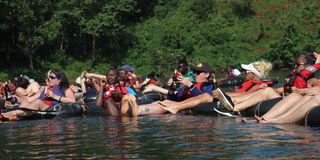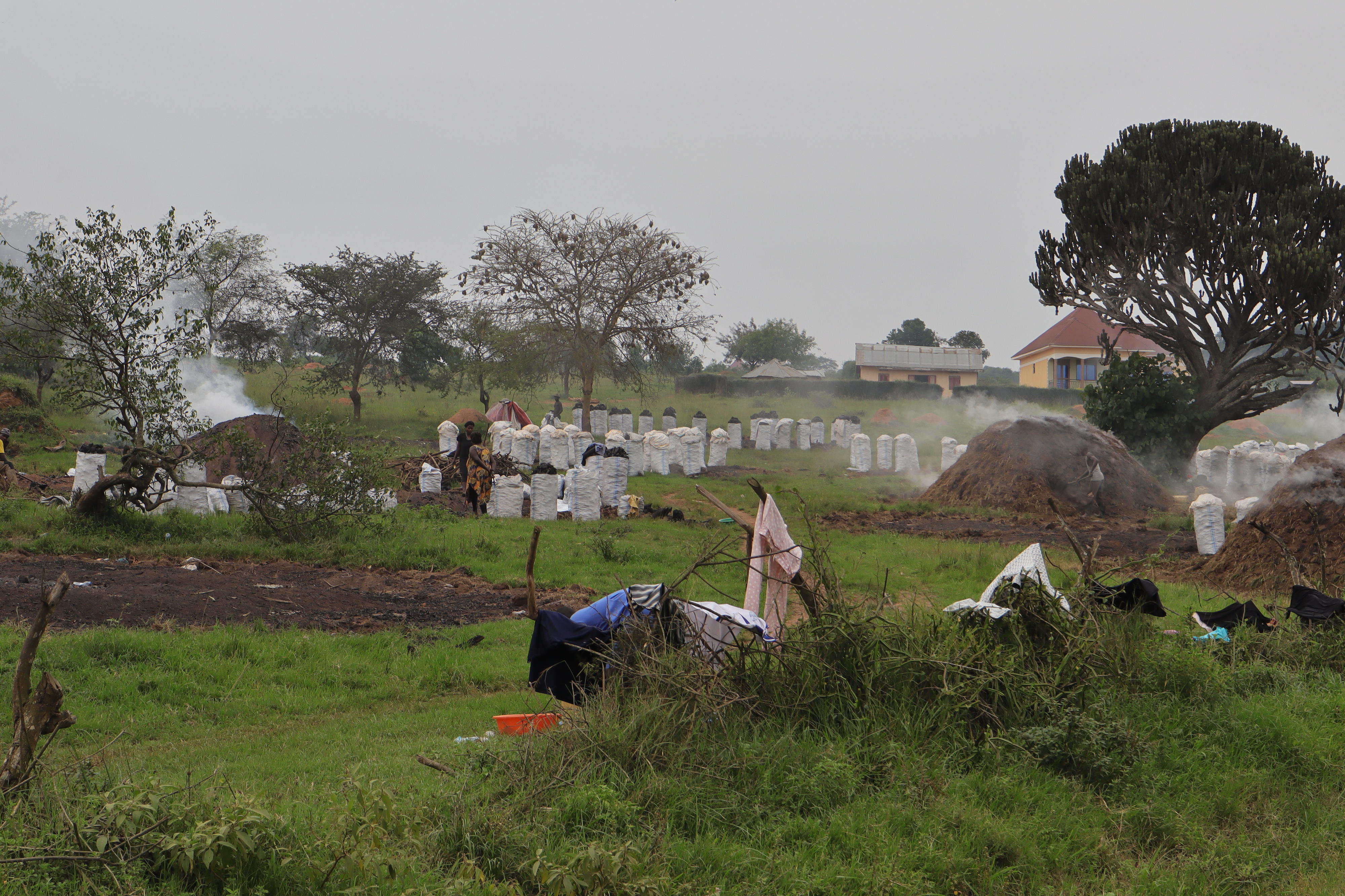Prime
The fun that is tubing the Nile

Tubing the Nile is an adrenaline rush sport. PHOTOs | EDGAR R. BATTE
What you need to know:
- In competitive markets in the adventure world of sports, Adam Bafirawala uses innovative ideas and creative solutions to stand out.
Adam Bafirawala is founder of Tubing the Nile in Uganda, an outdoor activity and a passionate tour guide who is keen on conservation and marketing. He is also a web designer.
When and how did you start Tubing the Nile?
Tubing the Nile opened its doors in 2016. The business started off slow and growing at a comfortable pace to avoid any reduction in customer service and attention to detail. The vast knowledge about the river (the Nile)has been vital to the start-up and success of the business.
What is tubing?
It is an activity where one sits on an inflatable tube or rubber ring and people normally call it a doughnut. It is of three sections and that is flat water tubing; which is more of relaxation and chilling and it is done on the calm water section.
White water tubing is more of adrenaline and it is done on fast moving water having mild rapids of grade one to three, then extreme tubing of grade four river rapids which is good for adrenaline junkies.
What makes tubing fun?
It is more of relaxation and chilling and one can have a chance to explore the Nile cheaply.
Which part of River Nile do you do tubing from?
The White Nile.
What does one need to know in order to tube the Nile?
It does not need swimming experience and any one can do it. You just need your adrenalin rush.
What packages do you give travellers, and at what price?
For flat water tubing, Ugandans pay Shs100,000 while foreigners part with $30( approximately Shs 116,668) For white water tubing, Ugandans pay Shs150,000 while foreigners pay $55(approximately Shs214,000). For
extreme tubing, Ugandans part with Shs270,000 while foreigners pay $85(approximately Shs330,570). Tubing trips are inclusive of drinks, photography, videography and snacks.
What other tourism products do you have?
Kayaking, boat cruise, bungee jumping, quad biking and white-water rafting.
How did you get the required skills to do what you do?
I did self-directed learning, online courses, workshops, and books. Building a strong network of contacts has provided valuable insights, mentorship, and potential partnerships.
Attending industry events, conferences and networking meet-ups helped me to connect with other entrepreneurs and professionals. I did market research and this involved researching my target audience, competitors, trends, and customer needs.

I am a critical thinker and do problem-solving and this helped me to navigate challenges and find innovative solutions.
Understanding financial concepts, budgeting, cash flow management, and financial forecasting is crucial for managing the financial aspects of a business and this has helped me a lot in running tubing the Nile.
On which other skills is your enterprise anchored on?
Effective communication skills are essential for building relationships with customers, employees, investors, and other stakeholders and it is has worked for me a lot.
I had to come up with innovative ideas and creative solutions to stand out in competitive markets in the adventure world of sports. I am a risk-taker, but as entrepreneur, I know how to manage and mitigate risks effectively and I started tubing the Nile from grass to grace. Entrepreneurship can be challenging, and setbacks are common, but I kept pushing.
When and how did you join the tourism and travel sector?
I started guiding at the age of 10 during the days of Bujagali former falls since it was the only way to earn a living at a tender age.
How would you market Jinja as a tourism city?
Marketing Jinja as a tourism destination requires a well-rounded strategy that highlights its unique features, appeals to different target audiences, and creates a compelling brand identity.
Identifying Jinja’s unique selling points (USPs) – what makes it stand out from other destinations?
It could be the Source of the Nile, adventure activities, cultural experiences, or a combination of factors.
Craft a compelling brand story that resonates with travellers. Focus on the history, culture, and natural beauty that Jinja offers. Target Audience: Identifying key target segments, such as adventure seekers, cultural enthusiasts, nature lovers, families, and wellness travellers.





